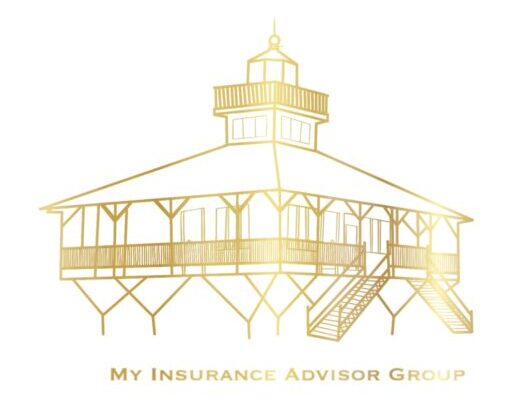Medicare Part D Cost
Medicare Part D Cost
Medicare Part D Cost is one of our frequently asked questions. Medicare Part D is a prescription drug coverage program offered by the U.S. government for Medicare beneficiaries. The costs associated with Medicare Part D can vary depending on several factors, including the specific plan chosen by the beneficiary, their income level, and the medications they require. Here are the common costs associated with Medicare Part D:
Monthly Premium: Each Medicare Part D plan has a monthly premium that beneficiaries must pay to maintain their coverage. Premiums can vary significantly between plans and can be affected by factors such as the coverage level and the insurance provider. The average national premium for Medicare Part D plans in 2021 was around $33 per month.
Deductible: Some Part D plans have an annual deductible, which is the amount beneficiaries must pay out of pocket before their prescription drug coverage begins. The deductible amount can vary between plans, but it cannot exceed a certain limit set by the government. In 2021, the maximum deductible allowed was $445.
Copayments/Coinsurance: Once the deductible is met, beneficiaries typically pay a copayment or coinsurance for each prescription they fill. A copayment is a fixed dollar amount, while coinsurance is a percentage of the drug’s cost. These costs can vary depending on the specific medication and the formulary tier it falls under in the plan’s drug list.
Coverage Gap (Donut Hole): In the past, Medicare Part D had a coverage gap, commonly known as the “donut hole,” where beneficiaries paid a higher percentage of their drug costs. However, as of 2021, the coverage gap has been gradually closing due to changes in the law. Beneficiaries may still have some cost-sharing obligations for prescription drugs during this phase, but the amount is significantly reduced compared to previous years.
Catastrophic Coverage: Once a beneficiary’s out-of-pocket spending on covered drugs reaches a certain threshold (in 2021, it was $6,550), they enter the catastrophic coverage phase. During this phase, beneficiaries pay only a small coinsurance or copayment for their medications for the rest of the year.
It’s important to note that individual plans can have variations in costs, coverage, and drug formularies. Therefore, it’s recommended for Medicare beneficiaries to review and compare different Part D plans to find the one that best suits their needs and budget. The costs associated with Medicare Part D can change annually, so it’s important to stay updated with the latest information from My Insurance Advisor Group. Click Below to schedule a meeting or call us at 1-321- 342-1169
Make Appointment
Palm Harbor, Florida
- Innisbrook Resort, Palm Harbor, FL 34683
- +1.321.342.1169
- info@myinsuranceadvisorgroup.com
